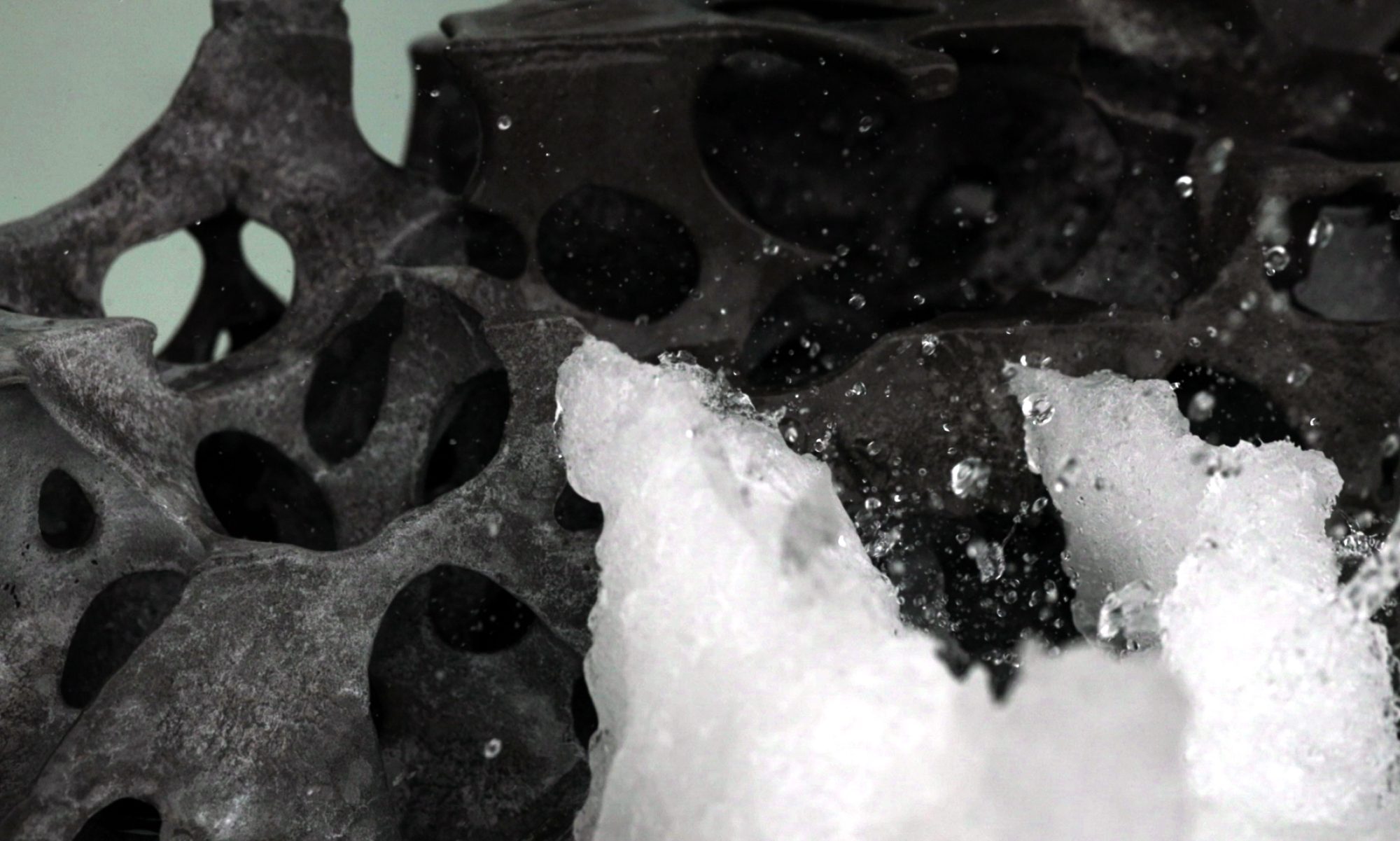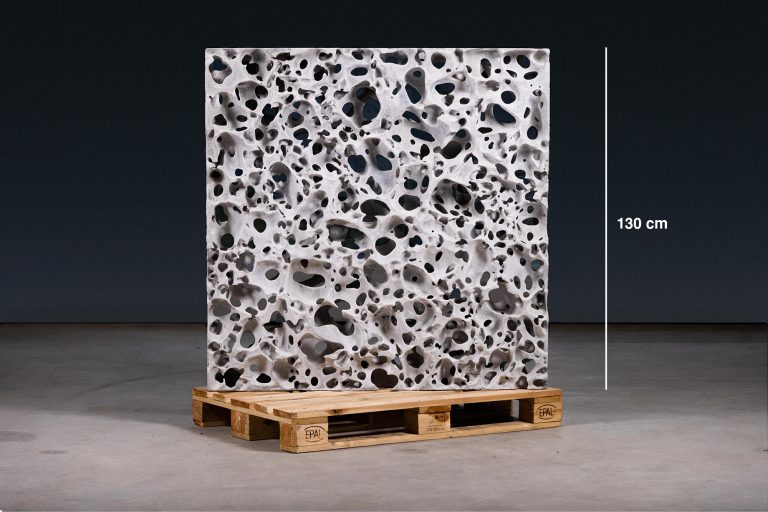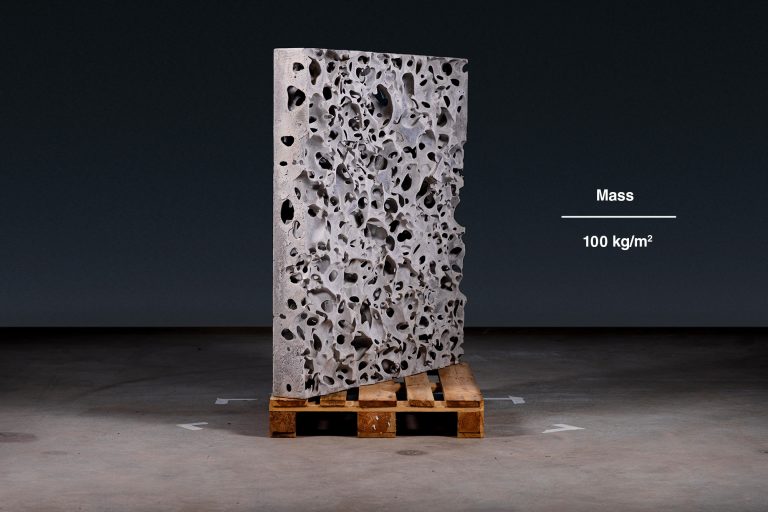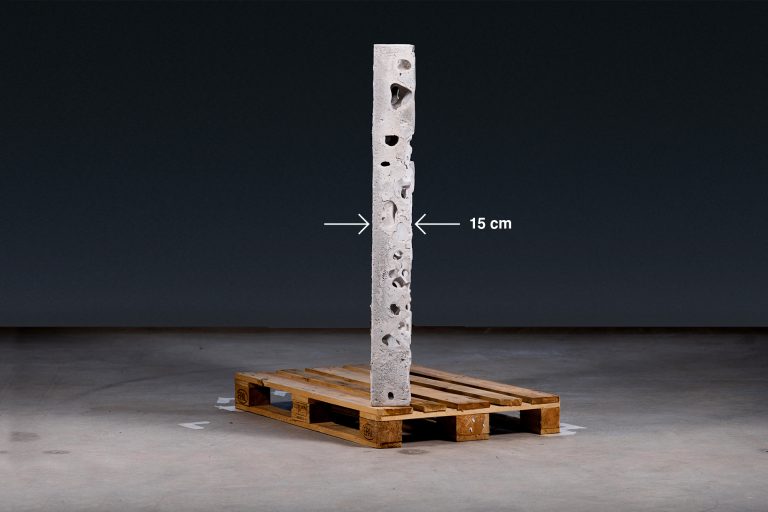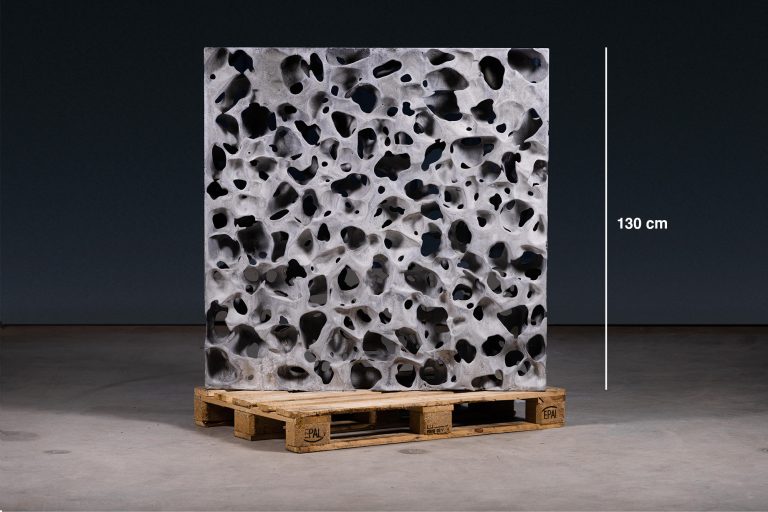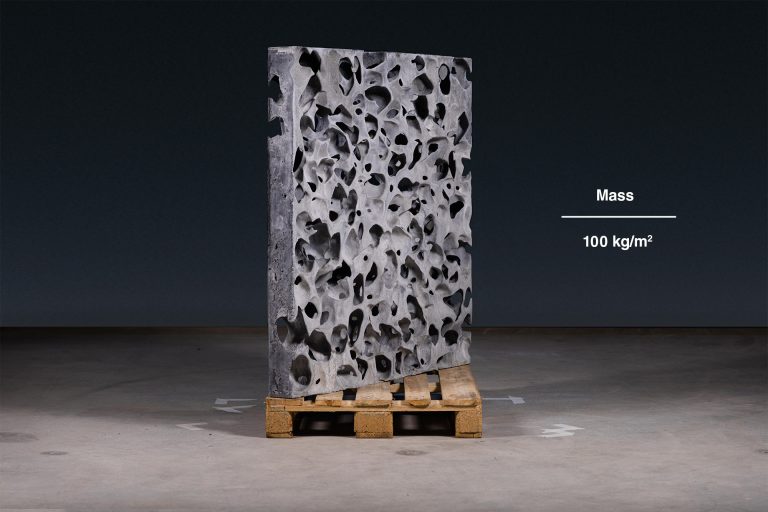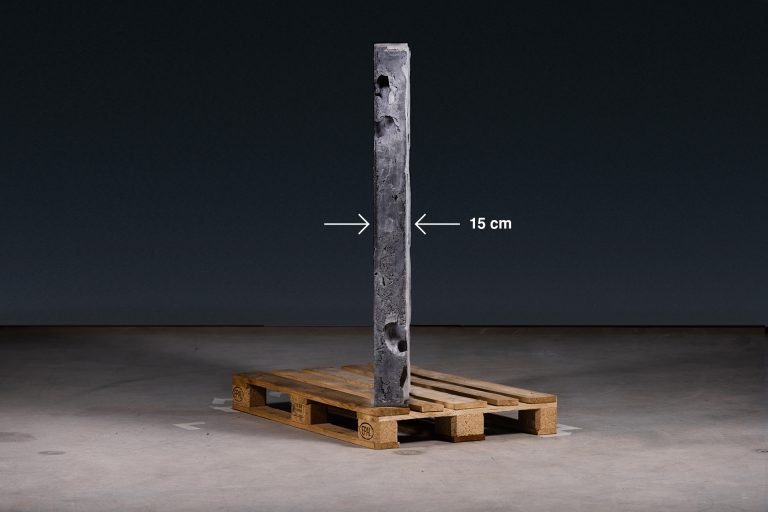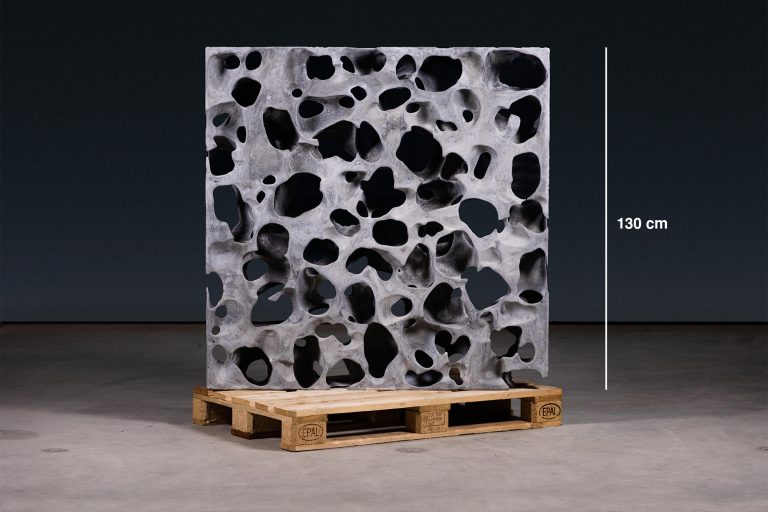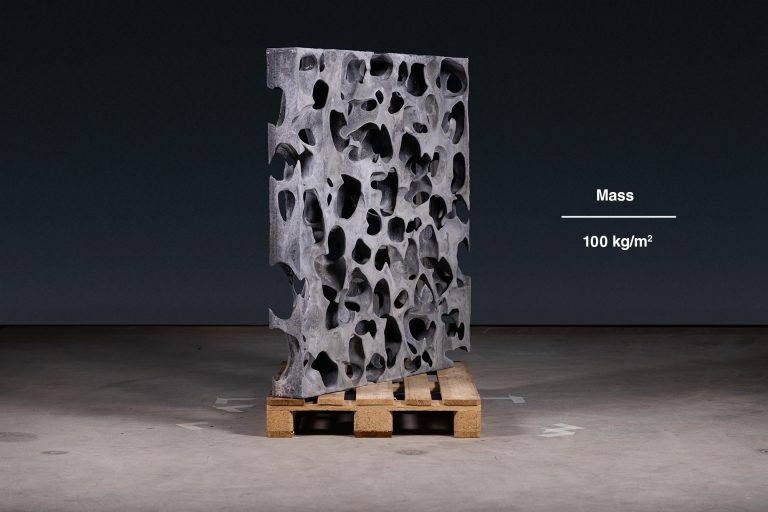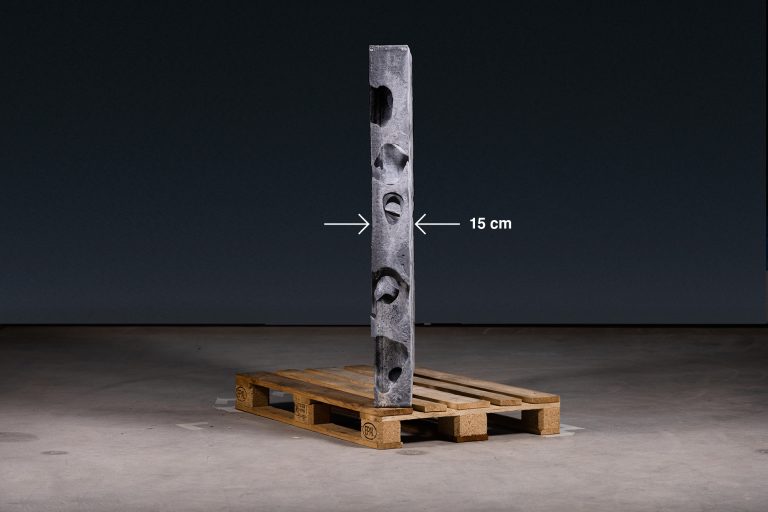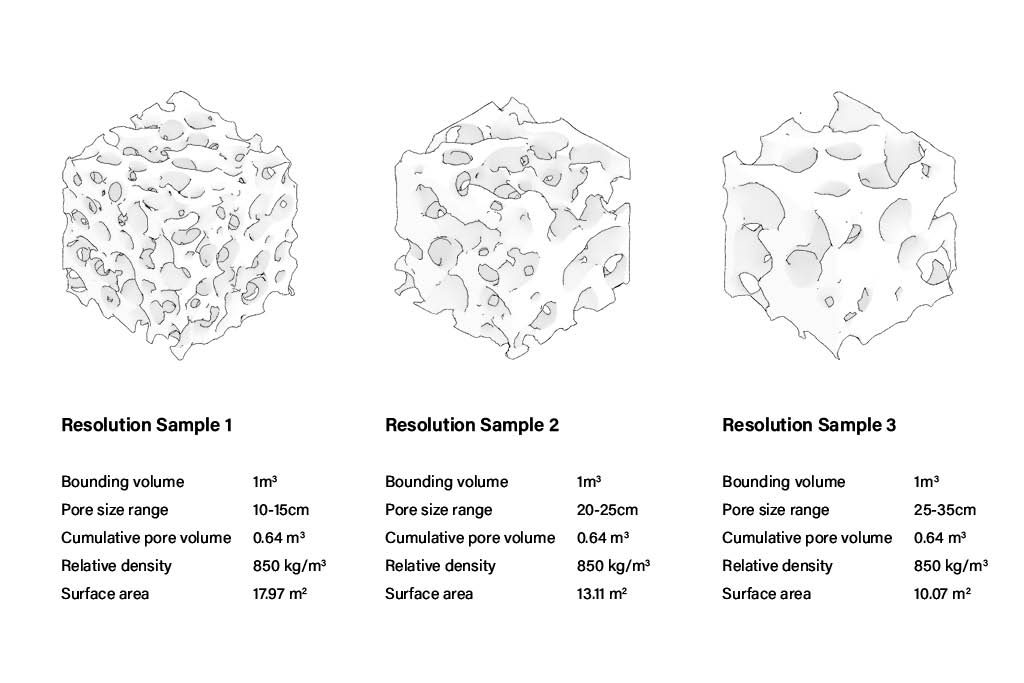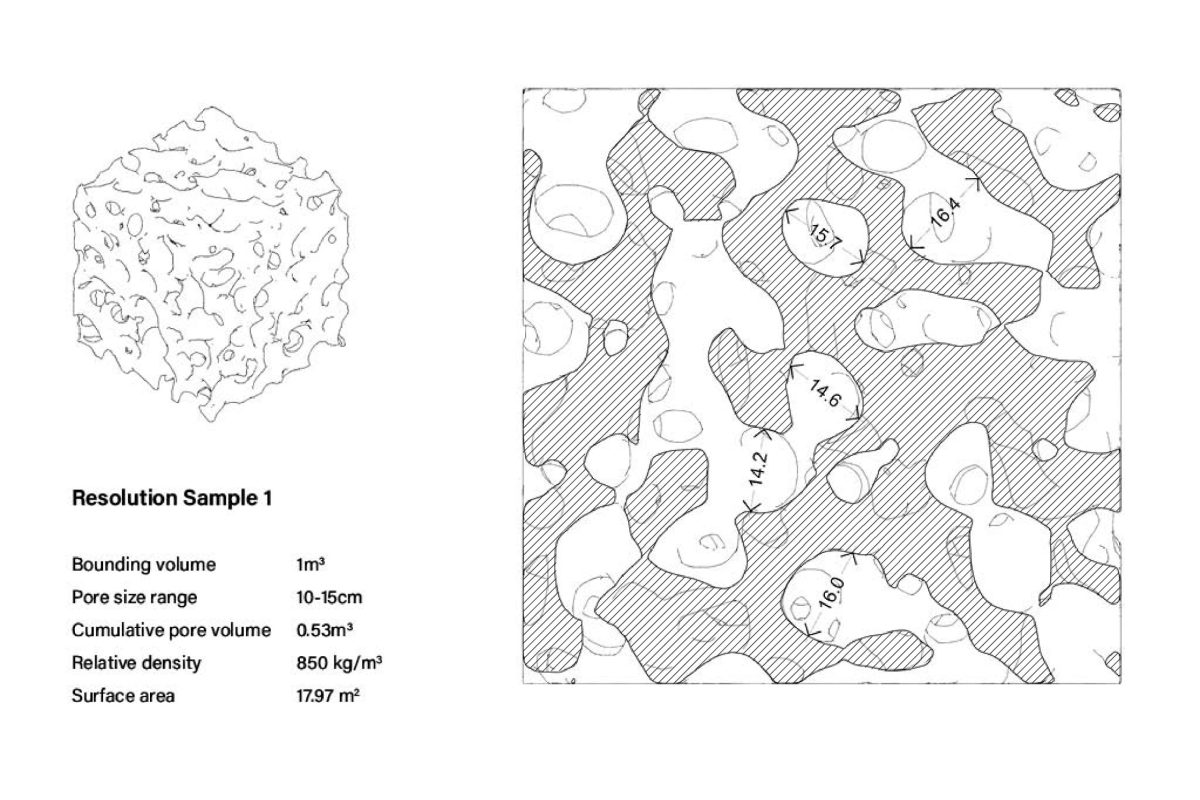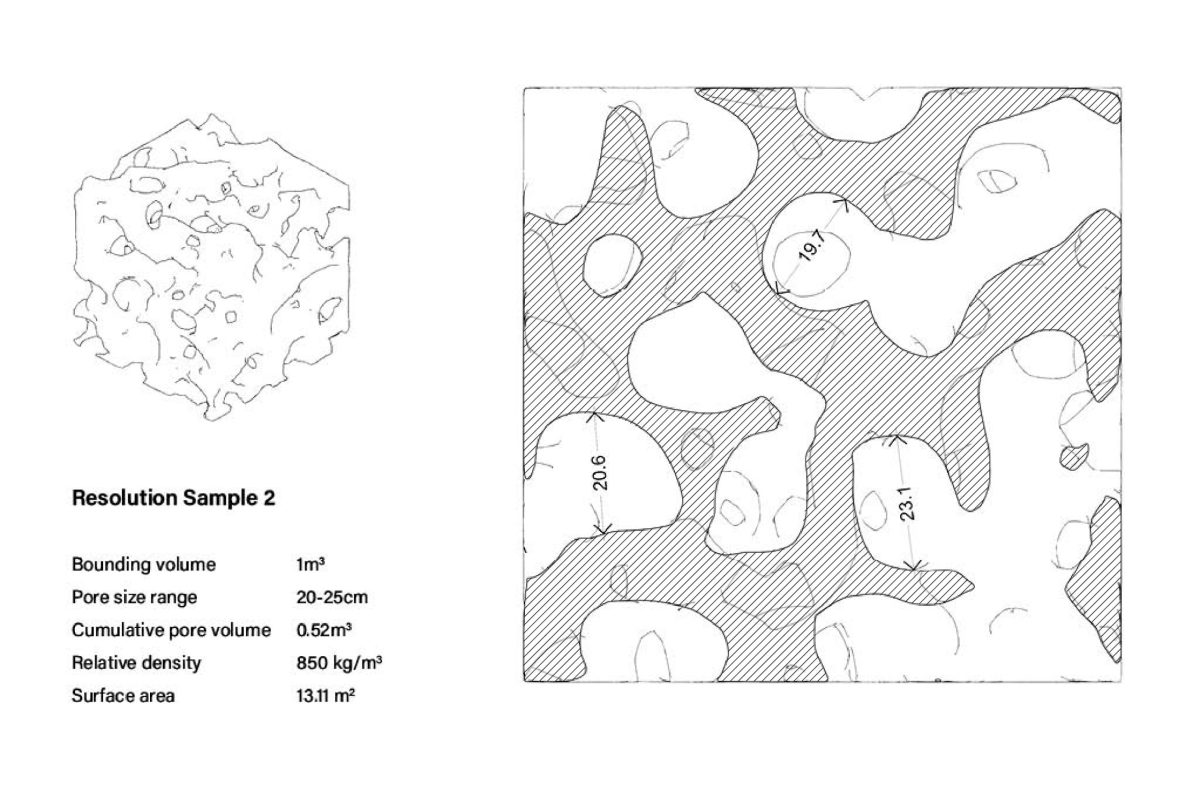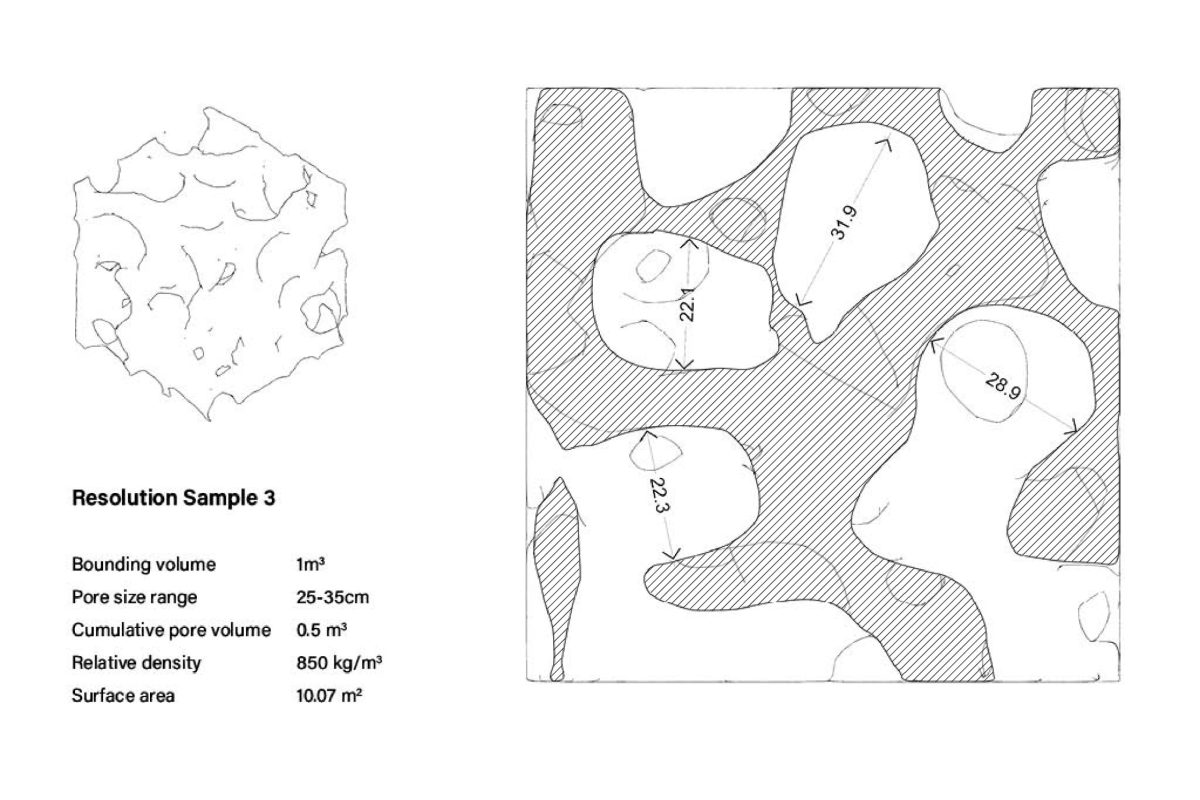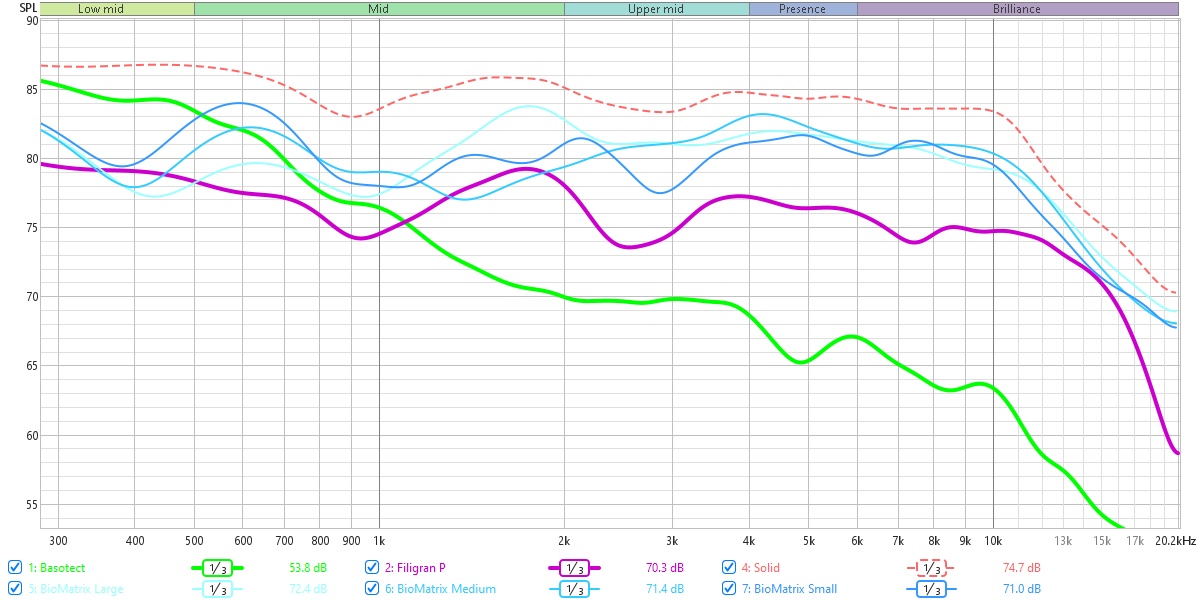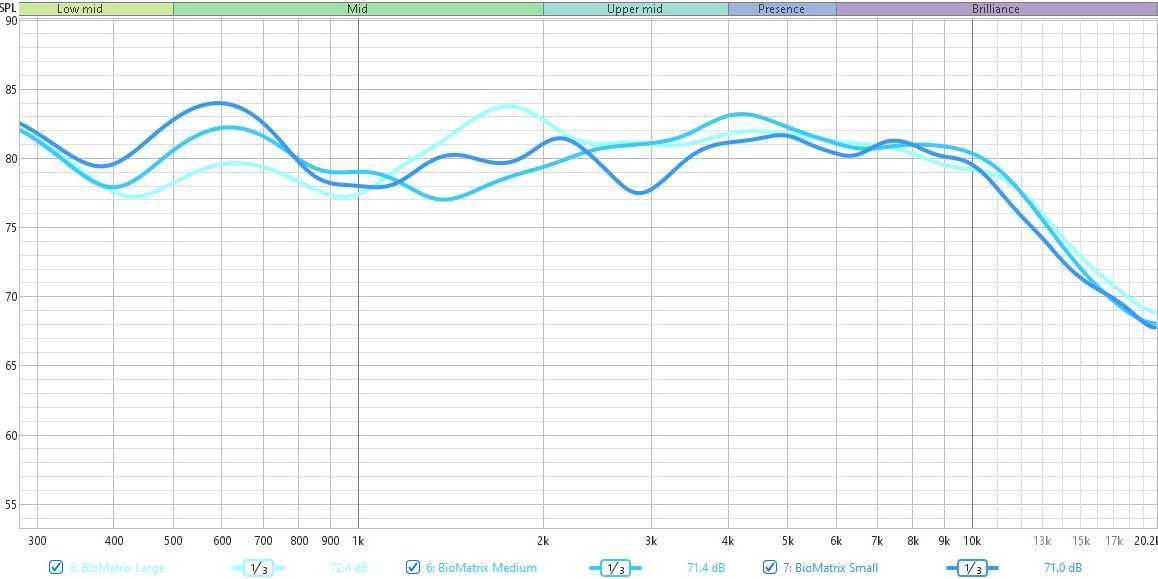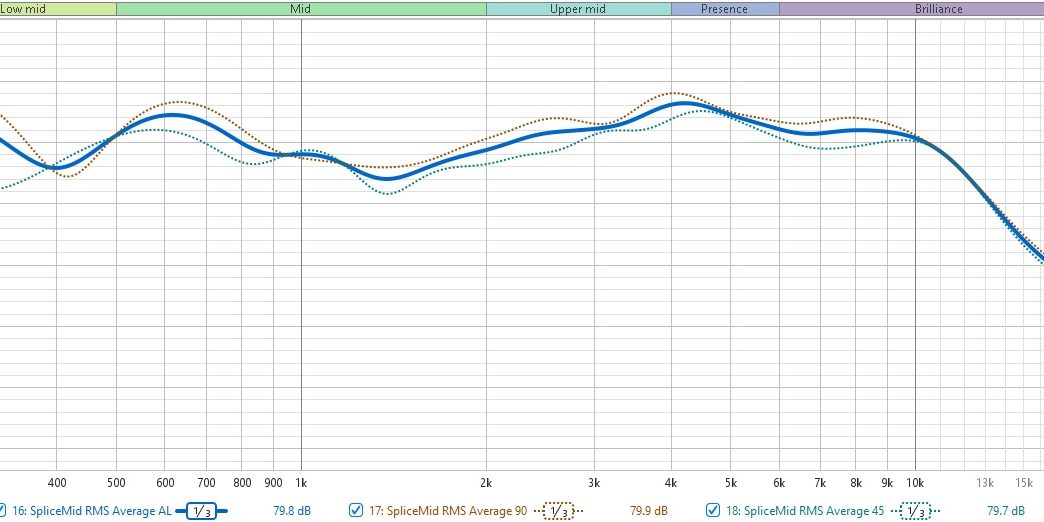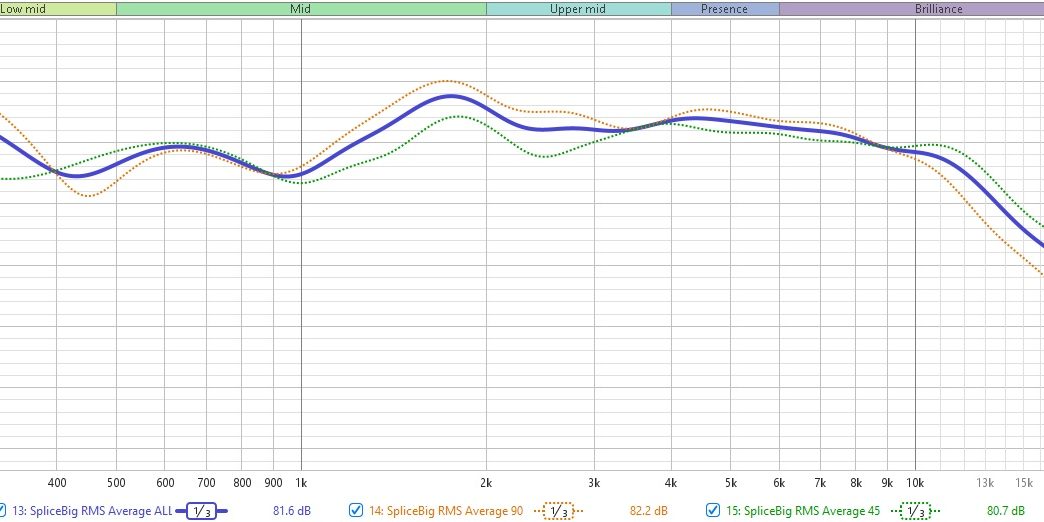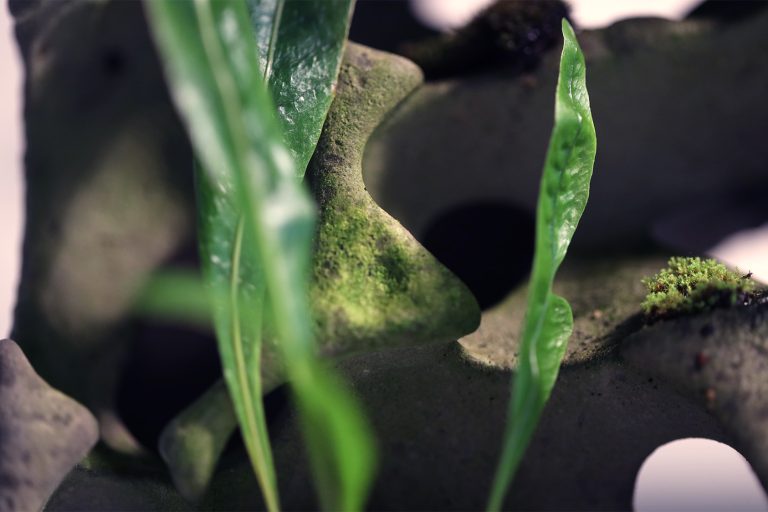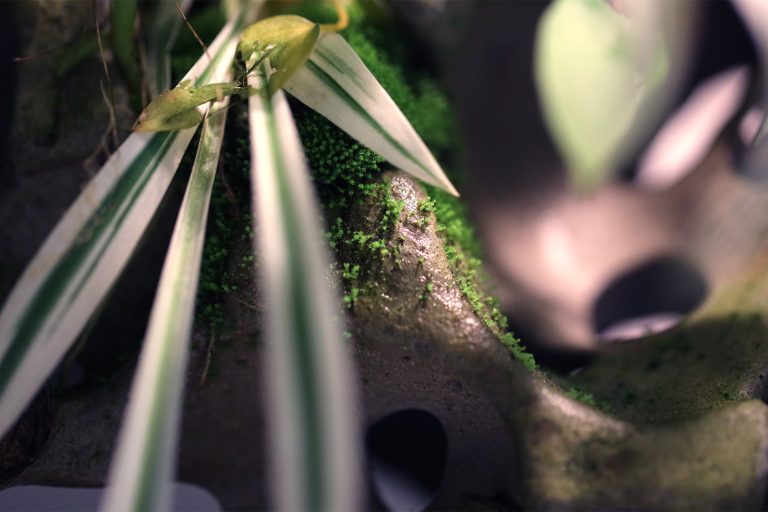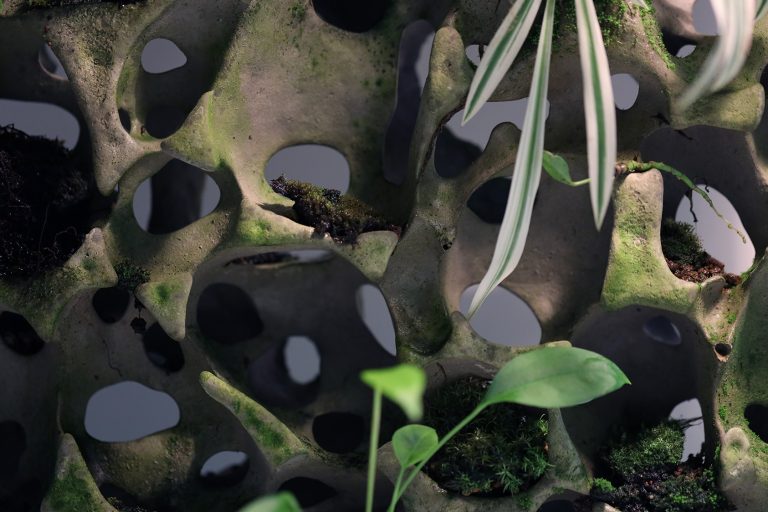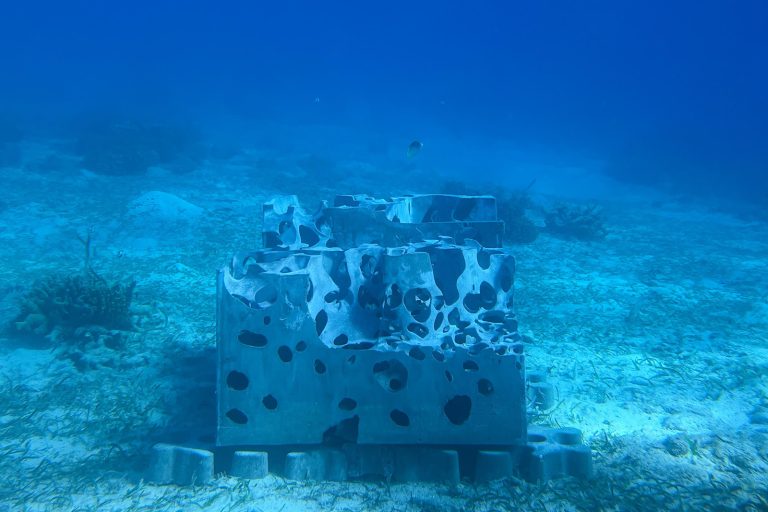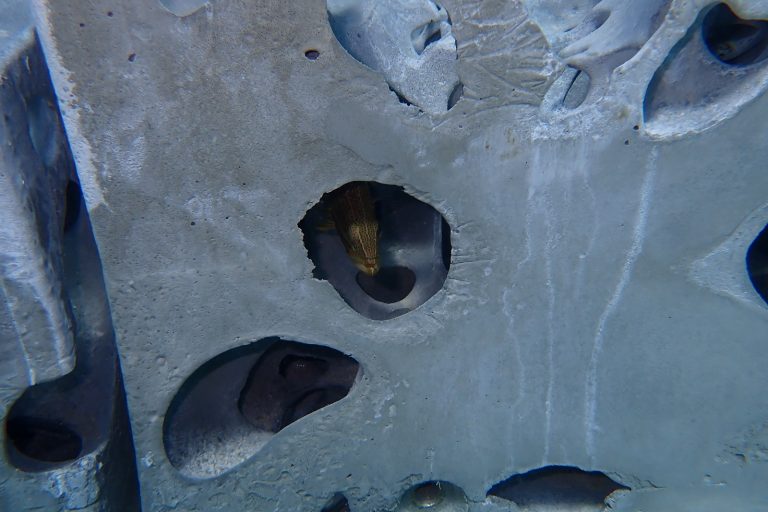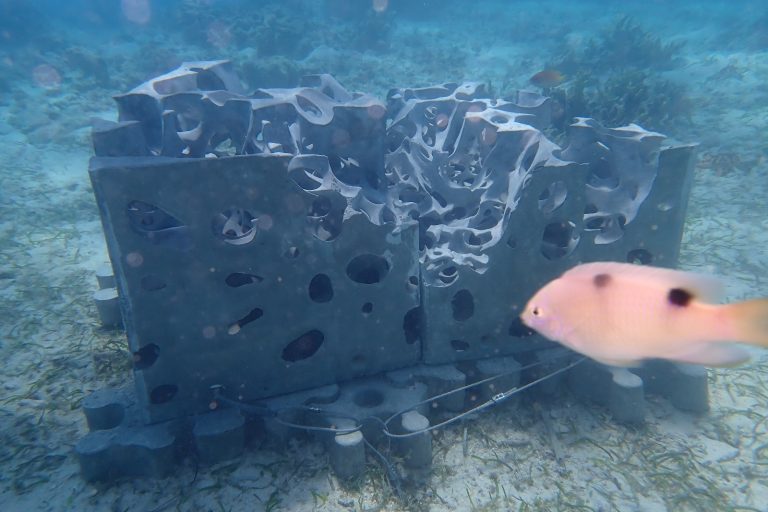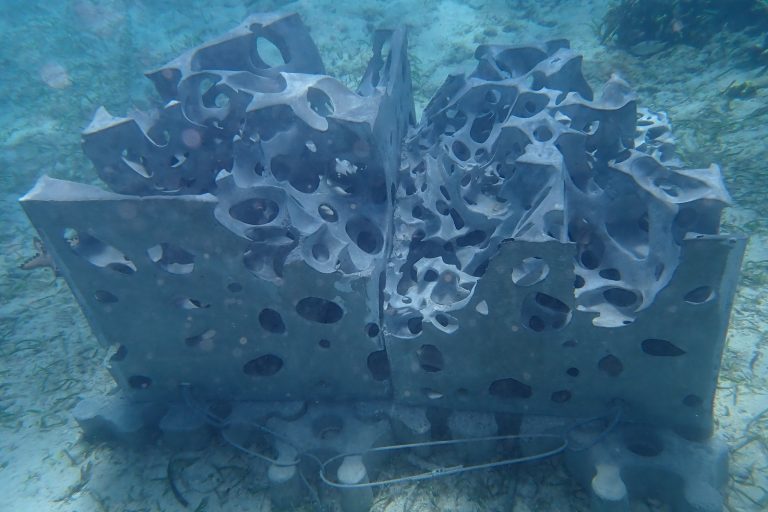The BioMatrix produced with IceFormwork System represents a groundbreaking set of technologies designed to address pressing ecological challenges, from biodiversity conservation to urban microclimates. Our versatile bioreceptive porous substrate offers innovative solutions that can be applied across a range of fields, from noise reduction in urban settings to enhancing underwater ecosystems.
Key Properties and Metrics
- Relative volume density – 850 kg/m3.
- Surface area – 10 to 25 m2 per cubic meter.
- Customizable dimensions – Units’ overall shape and dimensions can be customized.
- Programmable porosity – The matrix’s cavities are interconnected and can be customized to meet specific needs, such as targeting particular sound frequencies or creating habitats for certain species. This adaptability allows for precision in addressing diverse environmental challenges.
- BIoreceptive material – BioMatrix is constructed from a proprietary mineral binder blend, providing high bioreceptivity and ensuring exceptional durability.
- CO2 footprint of the units is minimized to less than 100 kgCO2e/m3. Due to the large surface area of the structure, the carbonation of the minerals takes place at a higher speed, reducing structure’s CO2 footprint over its lifetime.
Acoustic Tool for Supreme Sound Experience
Sound Absorption: The structure’s hollow, interconnected cavities are engineered to scatter sound energy effectively. As sound waves collide within these cavities or reflect from it, the energy is absorbed, leading to a noticeable reduction in noise levels.
Frequency Performance: In its bare form, BioMatrix excels in absorbing low and mid-range frequencies. When populated with vegetation, the system performs across the full spectrum of sound frequencies, from low to high.
Biodiversity Tool for Future Urban Landscapes
Tailored Ecosystems: The chemical composition of the BioMatrix is optimized to promote the growth of specific organisms, such as moths and algae. The system can also be customized with cavities designed to hold soil for larger plants, allowing for the development of targeted vegetation programs based on local environmental conditions like climate, sun exposure, and water availability.
Habitat Creation: BioMatrix provides an ideal substrate for a wide variety of plant species, and its structure is conducive to supporting diverse fauna, including birds, insects, and small animals.
Artificial Reefs to Restore and Improve Marine Ecosystem
Ecological Rehabilitation: The BioMatrix technology is also applied to the restoration of damaged underwater ecosystems. These artificial reefs, developed in collaboration with marine biologists, are designed to support the recovery of marine life, mitigating the effects of industrial damage and climate change. This application aims to revitalize marine habitats, supporting the long-term sustainability of shore and ocean life.
